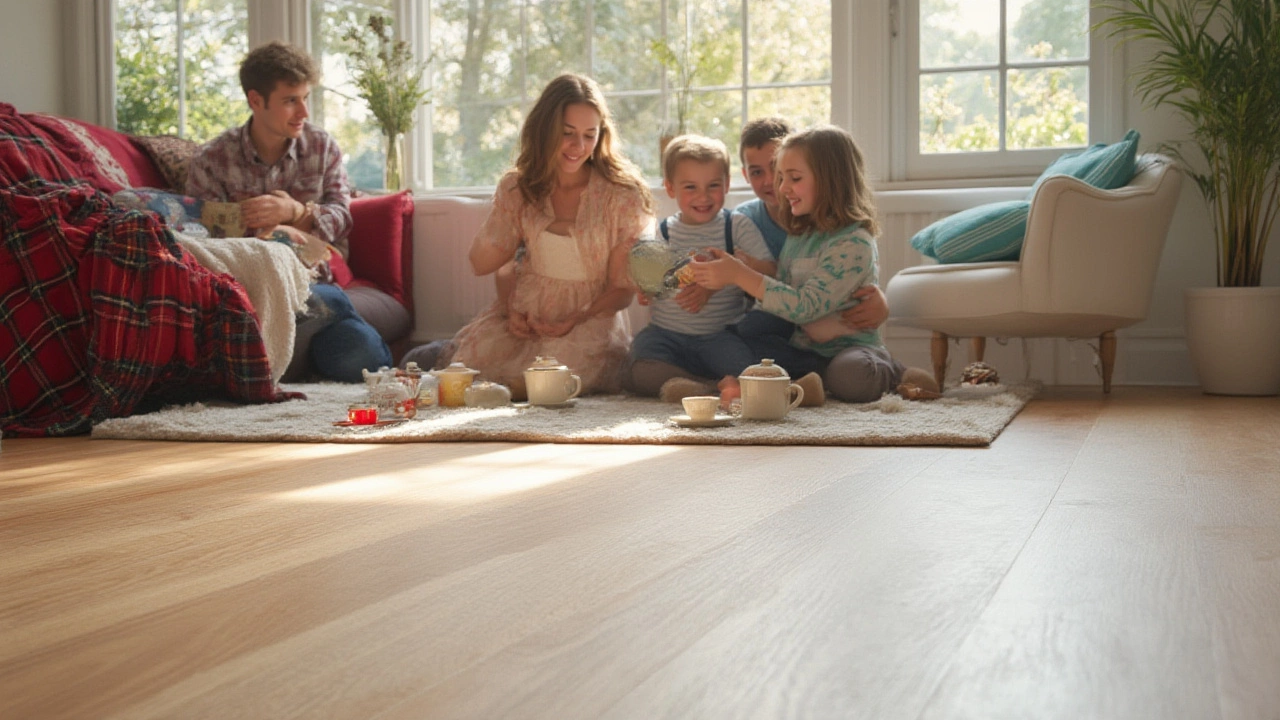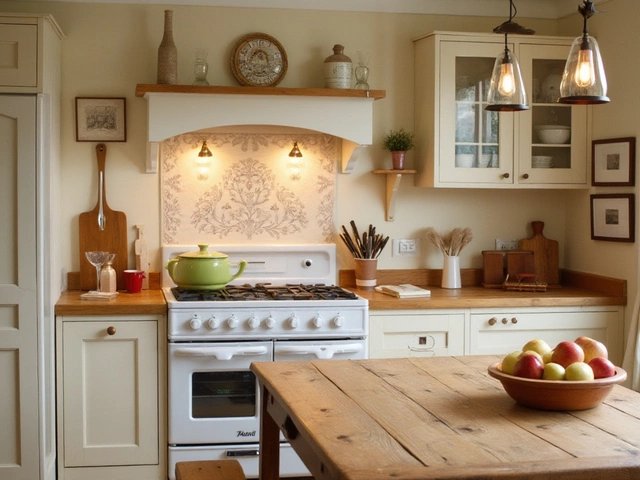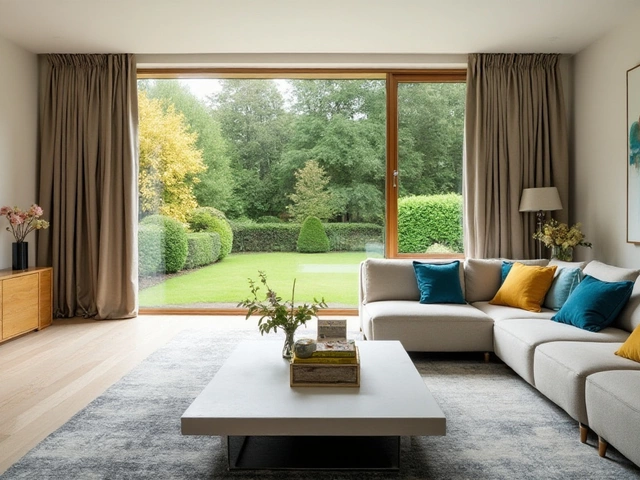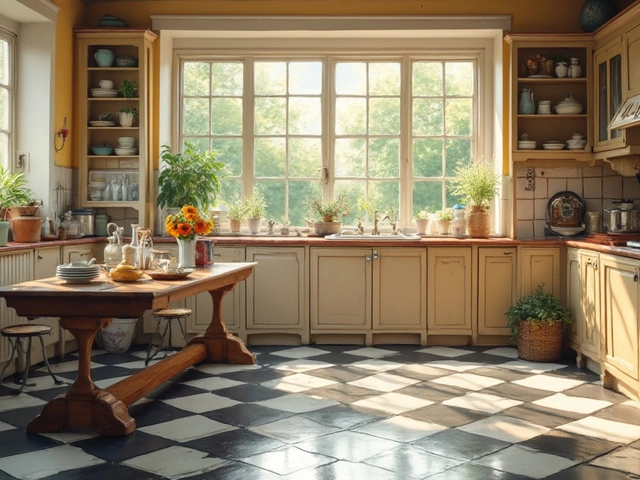Low-Cost Flooring Ideas & Tips for Every Home
If you think a new floor has to cost a fortune, think again. There are plenty of cheap options that look great, last long, and won’t empty your wallet. In this guide I’ll walk you through the most popular budget materials, how to pick the right one for your space, and simple ways to keep costs down.
Why Choose Budget Flooring?
First off, low‑cost floors can be stylish enough to compete with high‑end products. Many modern laminates mimic wood grain so well you’ll do a double‑take. Second, cheaper materials often come with easier DIY installation, meaning you save on labor. Finally, a smart floor choice adds value – future buyers notice a clean, well‑maintained surface even if it’s not premium.
Top Affordable Flooring Materials
Laminate – This is the go‑to for a wood look on a shoestring budget. Look for a 12‑mm thickness and a high‑abrasion rating if you have kids or pets. Installation is a click‑and‑lock system, so you can lay it yourself in a weekend.
Luxury Vinyl Plank (LVP) – LVP gives you the look of real timber or stone but stays soft underfoot. It handles spills well, making it perfect for kitchens and bathrooms. A good quality LVP can be found for $20‑$30 per square metre, and the same click‑lock method applies.
Sheet Vinyl – The classic budget hero. It comes in rolls and can cover large areas quickly. While it doesn’t have the 3‑D depth of LVP, you can pick bold patterns to hide wear. Installation uses a simple adhesive; just roll out and trim.
Cork – Cork tiles are eco‑friendly, warm, and quiet. They’re a bit pricier than basic vinyl but still cheaper than hardwood. Cork works well in bedrooms and home offices where you want a soft feel.
Engineered Wood (low‑grade) – If you’re set on real wood, look for engineered boards with a thin veneer. They’re cheaper than solid timber and can be installed over existing floors with a floating method.
When you compare LVP and laminate, the choice often comes down to water resistance. LVP wins in wet rooms, while laminate is a strong contender for living rooms where you want a true wood look.
To stretch your budget further, buy flooring in bulk during sales, and consider reclaimed or surplus stock from local suppliers. Many stores discount the last rolls of a line, which can save you 15‑30%.
Before you start, measure your room accurately and add a 10% waste factor. That way you avoid costly reorder trips. Also, lay a cheap underlay – a few millimetres of foam – to smooth out minor sub‑floor imperfections and add comfort.
DIY installation isn’t as hard as it sounds. Watch a few step‑by‑step videos, gather a tapping block, spacers, and a utility knife, and you’ll be ready. If you hit a tricky spot around a door frame, cut a shim piece and use a little construction adhesive for a seamless finish.
Maintenance is simple: sweep or vacuum regularly, mop with a mild cleaner, and replace a few planks if they get heavily damaged. Keeping the floor clean extends its life and keeps it looking fresh.
Bottom line: you don’t need to splurge to get a floor you love. By picking the right material, shopping smart, and doing a bit of the work yourself, you can transform any room for a fraction of the cost of premium options.






